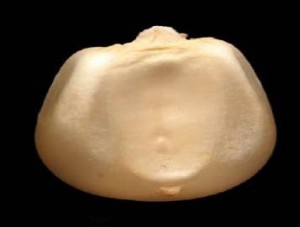Malnutrition and micronutrient deficiency, which can cause blindness and stunting, increased infant and maternal mortality and lower IQs, are at epidemic levels in some parts of Asia. People across Asia depend on maize, rice and wheat but they do not fulfil daily dietary requirements and are deficient in vitamin A and essential micronutrients such as iron and zinc.
 Biofortified maize varieties have been bred to include considerably high concentrations of essential micronutrients. Maize in Asia is largely used for feed, but direct human consumption is increasing. Scientists at the 12th Asian Maize Conference highlighted several collaborative interventions to utilize the genetic variability in maize for the development of biofortified maize. Promoting biofortified maize in rural areas and developing new food products has been part of this research. The nutritional benefits of biofortified maize can come directly from eating the crop itself or indirectly by consuming eggs from hens that are fed with provitamin A ProVA-enriched maize. Biofortified maize use for feed may also represent economic benefits for farmers.
Biofortified maize varieties have been bred to include considerably high concentrations of essential micronutrients. Maize in Asia is largely used for feed, but direct human consumption is increasing. Scientists at the 12th Asian Maize Conference highlighted several collaborative interventions to utilize the genetic variability in maize for the development of biofortified maize. Promoting biofortified maize in rural areas and developing new food products has been part of this research. The nutritional benefits of biofortified maize can come directly from eating the crop itself or indirectly by consuming eggs from hens that are fed with provitamin A ProVA-enriched maize. Biofortified maize use for feed may also represent economic benefits for farmers.
Breeding efforts in Asia are currently focused on quality protein maize (QPM) and ProVA-enriched varieties. QPM was first developed by former CIMMYT scientists and World Food Prize Laureates Dr. Evangelina Villegas and Dr. Surinder Vasal. CIMMYT QPM inbred lines have been used in several breeding programs in China, India, Vietnam and elsewhere.
Joint efforts between CIMMYT and numerous partner scientists under HarvestPlus have shown that breeding for increased concentrations of ProVA is especially promising because of the genetic variation available in maize germplasm. New hybrids released in 2012 in Zambia showed ProVA levels 400 percent higher than common yellow maize, with the potential to bring widespread health benefits.
 Capacity development
Capacity development